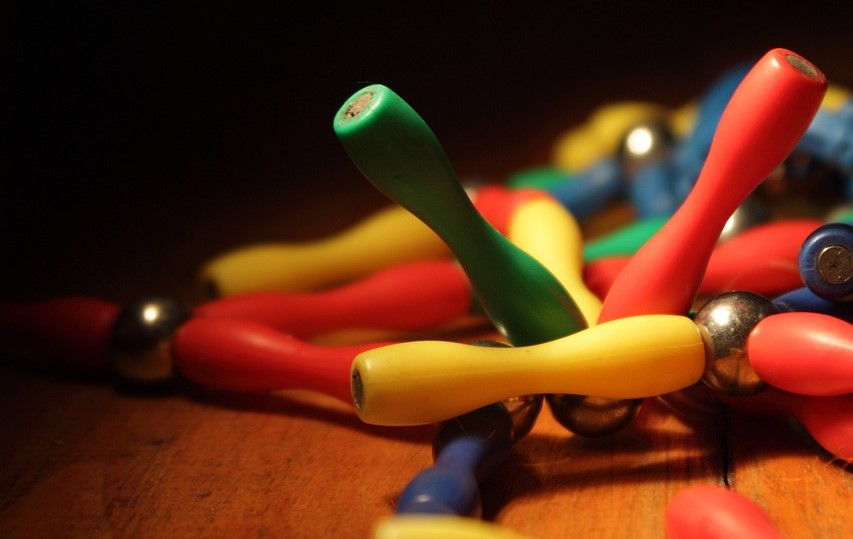Climbing Magnets Experiment: How Magnets Climb and show the Stick-Slip Effect.

If you put neodymium magnets on the bottom metal of a screwdriver and rotate the screwdriver horizontally, the magnet will move upwards towards the tip of the screwdriver.
What's Happening?
The clue for the occurrence of this phenomenon is hidden in how magnets react to each other. If you put two magnets together, their poles might attract or repel. Opposite poles attract each other—one north and one south. If the same poles face one another, either north-to-north or south-to-south, they'll push each other away.
In this experiment, the magnet climbs the metal surface because magnetic forces dominate the gravitational pull that would otherwise stick the magnet to the ground. For example, if two magnets repel, they can generate enough force to push the climbing magnet upwards, provided it can counteract gravity. However, friction between the magnet and the metal surface plays a key role.
The Stick-and-Slip Effect
This effect explains why the climbing magnet does not move smoothly but instead jerks upward in a stop-and-go fashion.
How It Works:
- Sticking: When the magnet is close to the metal surface, friction holds it in place. It may be attracted or repelled by the magnet, but as long as friction is strong enough, it does not move immediately.
- Slipping: Once the magnetic force overcomes the friction, the magnet moves or "slips" upwards. However, it stops again when friction catches up, creating a repeating cycle of stick and slip.
What Affects the Magnet's Climbing?
Several factors influence the behavior of the climbing magnet:
- Strength of Magnets: Stronger magnets generate more force against gravity and friction, making climbing easier.
- Surface Texture: Smooth surfaces provide less friction, allowing the magnet to slip easily, while rough surfaces create more friction, making movement harder.
- Distance Between Magnets: The closer the magnets are, the stronger their magnetic force, increasing the likelihood of climbing.
Stick-and-Slip in Everyday Life
The stick-and-slip phenomenon is not unique to this experiment—it appears in various real-world applications:
- Mechanical Systems: Gears, brakes, and clutches sometimes exhibit jerky movement due to stick-and-slip effects.
- Engineering Applications: Engineers study stick-and-slip to design smoother, more efficient systems.
Conclusion
The Climbing Magnets experiment may seem like a simple science demonstration, but it provides valuable insight into the interactions between magnetism, gravity, and friction. The stick-and-slip effect highlights how even basic physical actions can be surprisingly complex.
Similar Post You May Like
-

CFCs, HFCs and their long, troubled history
At its peak, the ozone hole covered an area 7 times larger than the size of Europe, around 29.9 million km2, and was rapidly expanding
-

The Origin of Universe: Deciding point where it all began!
Let us unravel and surf through the ideas throughout ages to understand what the universe and its origin itself was to its inhabitants across history.
-

The Artemis Program
Inspired by the Greek goddess of the Moon, twin sister to Apollo, the artimis program was named on 14 May 2019 by Jim Bridenstine.






